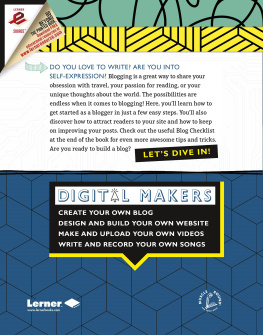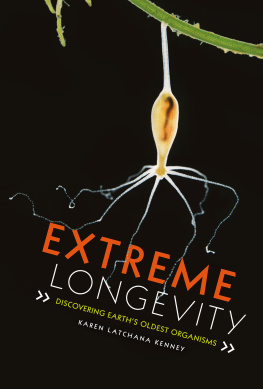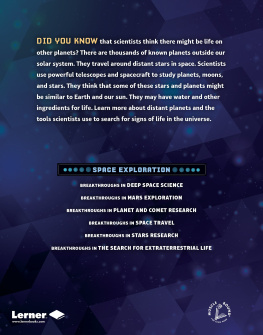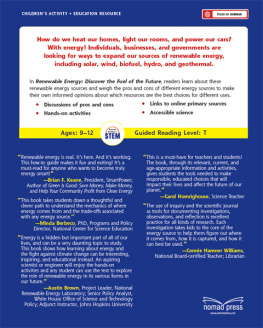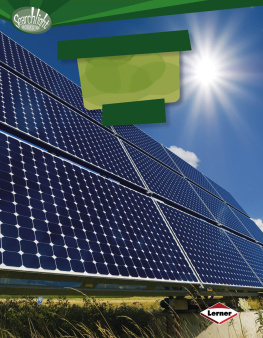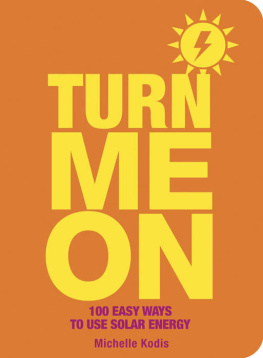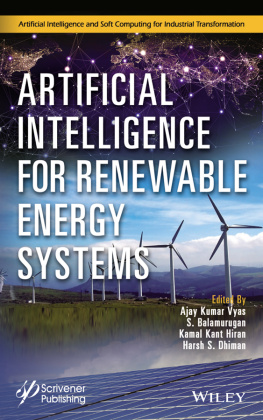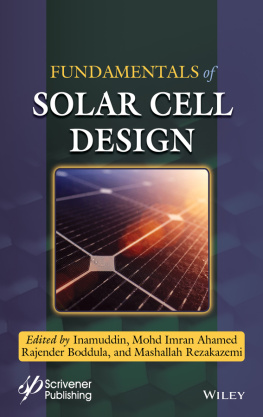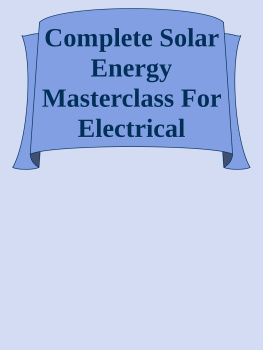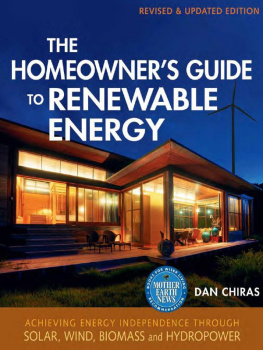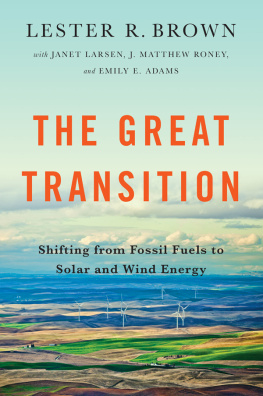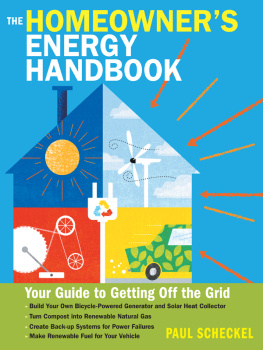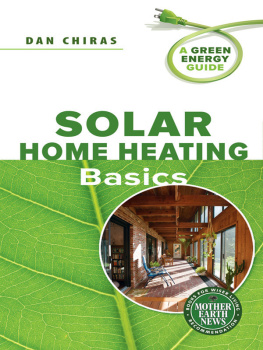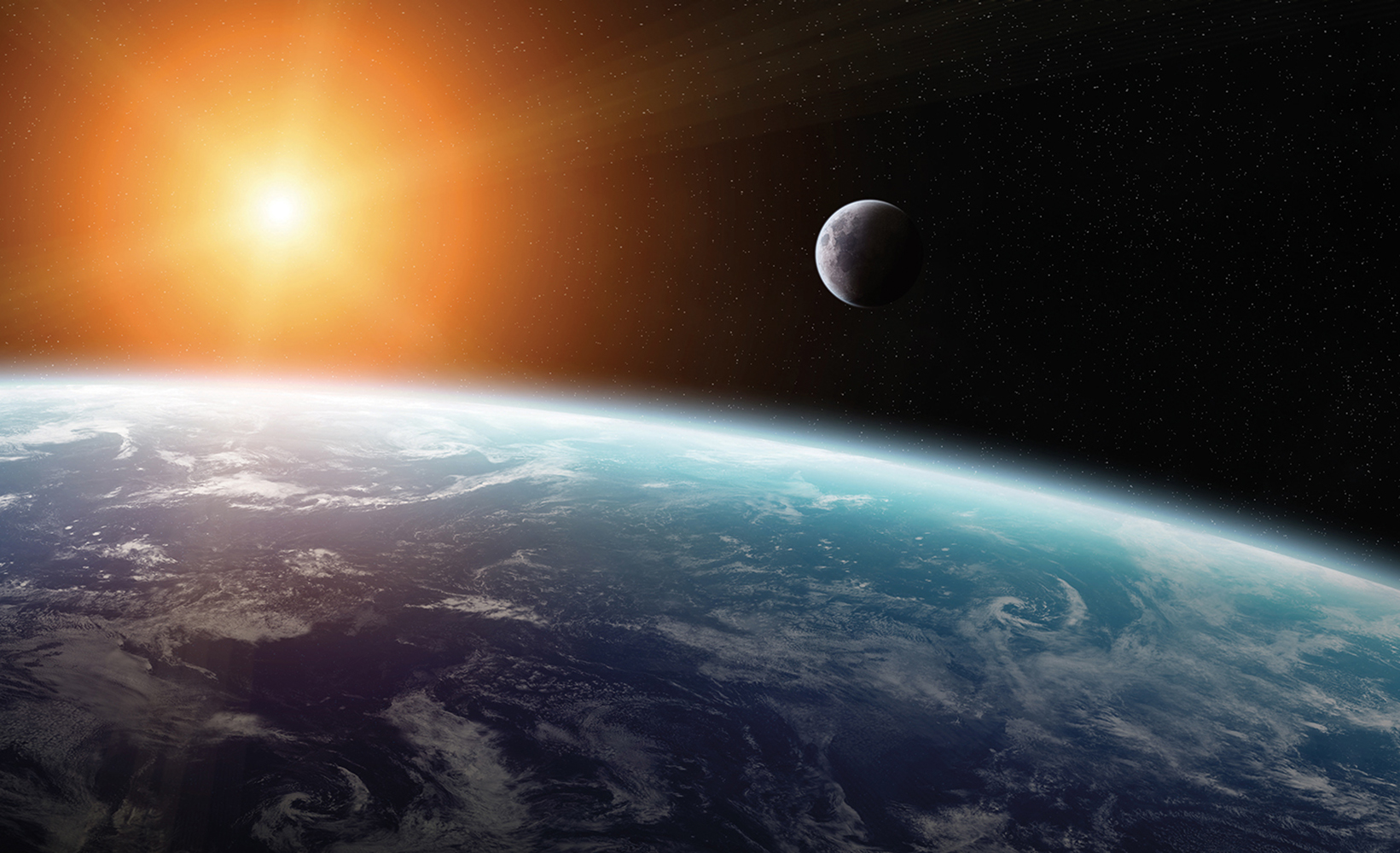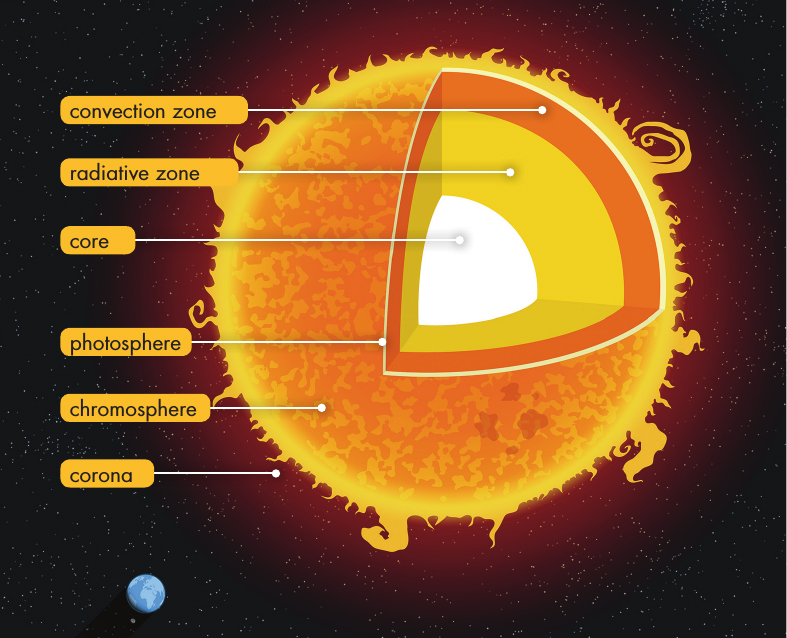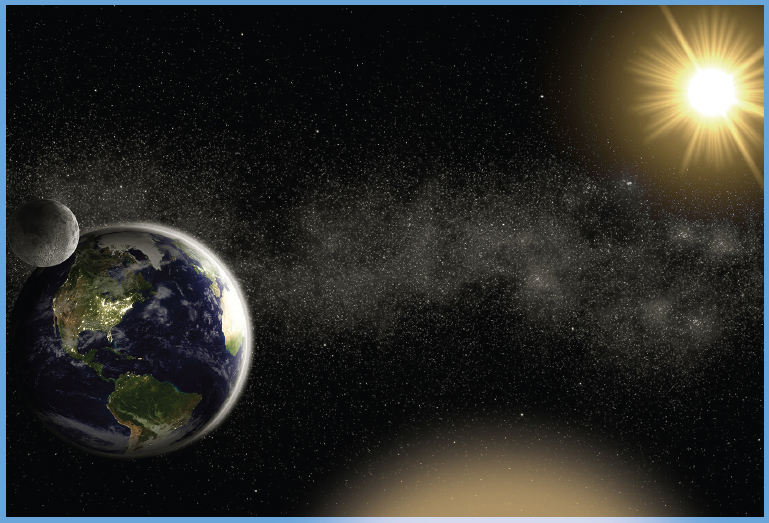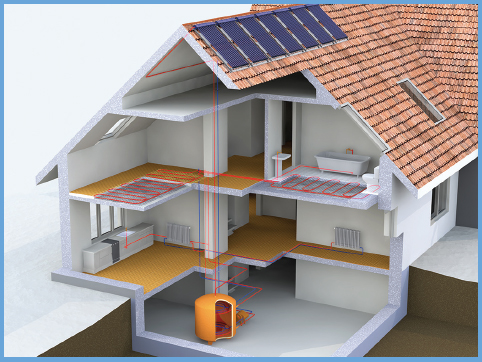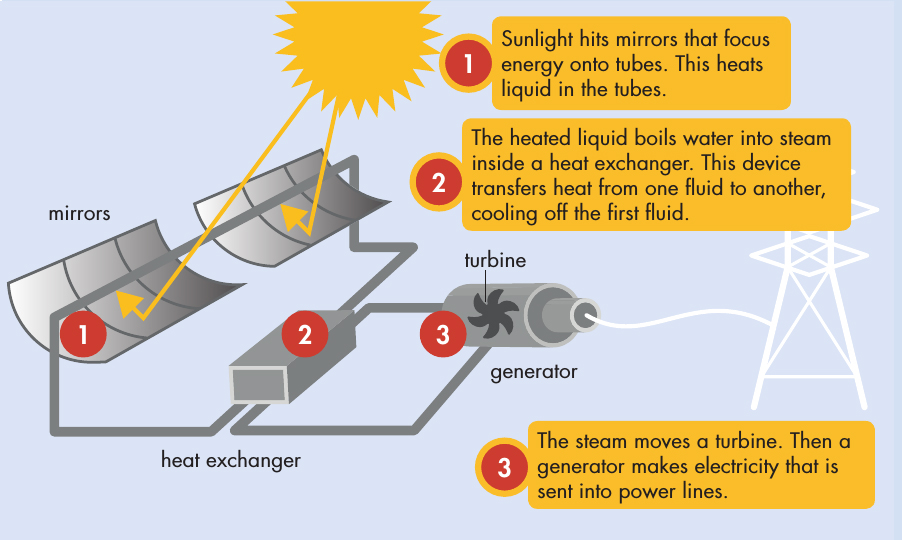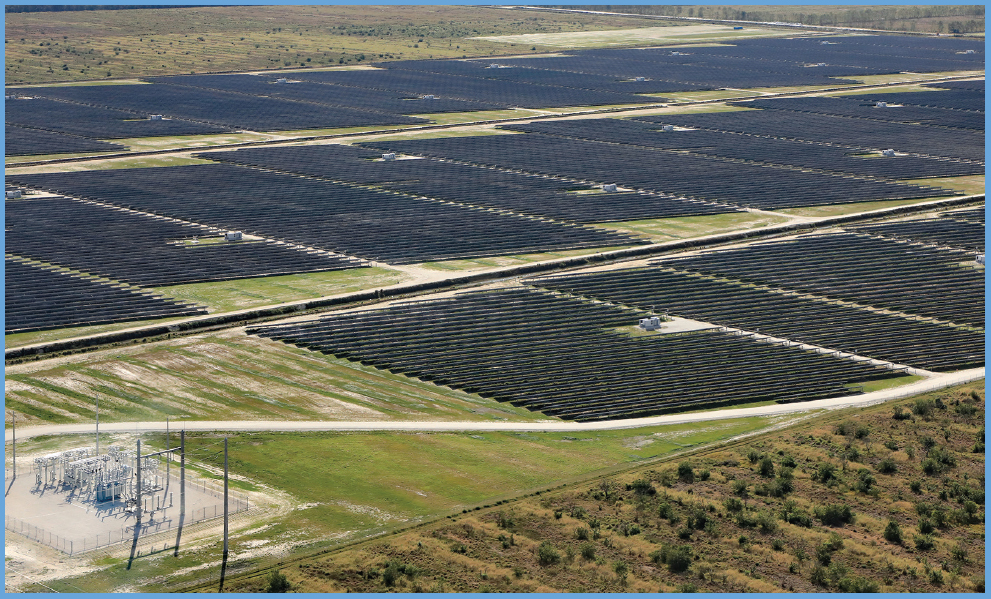It warms the earth so that life can thrive. It helps plants grow with its beaming rays of light. It affects the weather and lights up our days. Its also free and always turned on. What is this incredible, power source? The sun! Its power is solar energy.
The sun is our star. It is 93 million miles (150 million kilometers) from Earth. From there, it sends out energy every second of each day. Its been doing this for 4.5 billion years. How? The sun is a hot ball of burning gasesmostly hydrogen gas. This gas fuels the suns power at its center, the core.
The sun has a strong force of .
The released energy moves very slowly through the suns layers. Scientists think it takes more than 170,000 years for it to travel through the largest layer of the sun. This layer is called the radiative zone. Then the energy enters space as . This energy contains light, X-rays, radio waves, and more. The energy rays spread out in every direction. They hit all the planets in our solar system, including Earth. Our planet receives a small portion of this energy just 8 minutes and 20 seconds after it leaves the sun.
As the earths surface faces the sun, it receives the suns energy. This energy keeps life on our planet going and growing. It warms the earth and makes air move in the, creating weather patterns. Plants use the energy to make food and grow. Animals and people eat those plants and breathe the oxygen they make. The suns energy can do more than keep us alive and warm the planet. We can also collect it in places that get lots of sunlight. With the right technology, we can turn the suns power into electricity. Then we can use that electricity in our homes, businesses, and communities.
FACT
In one hour, the earth receives enough of the suns energy to fuel the entire planet for one year. But right now, we can only collect about 1 percent of that energy to make electricity.
CHAPTER 2
CATCHING SOLAR ENERGY CHAPTER
The earth is constantly spinning. As it spins, the side facing the sun experiences daytime. Thats when solar energy reaches that half of the planet.
Not all parts of the planet receive the same amount of energy. It depends on where you are. Thats because the earth spins around on a tilt. One half of the planet is always farther away than the other half. As it moves around the sun, different parts of the earth get more solar energy. When its winter somewhere, that part of the planet is tilted away from the sun. When its summer, that part is tilted toward the sun.
The best places to capture solar energy receive lots of sunlight for many hours of the day. Some deserts are very hot and dry for most of the year. The Mojave Desert in the United States and the Sahara Desert in northern Africa are perfect places to collect solar energy. But you dont need to live in a desert to find solar energy. Anyone can collect it on a sunny day with the right technology. There are a few different ways to catch that sunlight.
THERMAL ENERGY SYSTEMS
One way to collect and use solar energy is to change sunlight into heat. Thermal energy systems can do this. They use solar panels to heat homes and businesses. The panels go on a buildings roof. Then solar energy heats a liquid inside the panels. The heated liquid moves in pipes to rooms or storage tanks to heat the building.
In thermal energy systems, rooftop panels can heat an entire building.
Thermal systems can also use heat from the sun to make electricity. Solar thermal power plants collect solar energy using mirrors. The mirrors focus the energy onto a tube or a tower filled with liquid. The liquid receives this heat energy and gets very hot. The hot liquid turns water into steam. The steam then moves the blades of a that makes electricity.
How a Solar Thermal Power Plant Works
FACT
Long, curved mirrors can capture and focus sunlight. They make its energy 30 to 100 times stronger. They make the temperature rise up to 750F (399C)!
SOLAR CELLS
Another way to catch sunlight is with solar cells. They change sunlight directly into electricity. Solar cells are filled with a . The arrays can cover a whole roof or be set up in rows in a field. Larger arrays catch even more sunlight.
Arrays are also called solar farms.
Small parts of sunlight, called in the conducting material. These electrons move down through the cells. Then the electrons move out of the cells into a wire. The wire carries the electrons in one direction. This movement of electrons is electricity.
These kinds of technology turn sunlight into energy we can useelectricity and heat. We use this electricity and heat every day in many different ways. It can keep our homes warm and our computers running.
CHAPTER 3
SOLAR ENERGY AT WORK
People have been using the suns energy for thousands of years. Chinese, Greek, and Roman builders made houses warmed by the sun. Homes faced south so that the winter sun would heat them during the colder months. Ancient Romans used clear stone or glass on windows to trap heat inside their homes.
In 1874, French inventor Augustin Mouchot made a solar motor. It used the suns heat to boil water. The steam powered an engine. It was the first use of solar energy to power a machine. Since then, our technology has improved.
You have probably used solar energy. Maybe you didnt even know it. Calculators were one of the first everyday products made with solar cells. Have you seen a rectangle on a calculator? Thats a solar panel. It charges the calculator using sunlight. Now we use solar power in even more ways.



